Dien Bien Phu Campaign: On April 23, 1954, the sky shook with the sound of aircraft engines again. This time, it was Hellcats diving one after another to drop bombs on base 206, which they suspected our troops had taken over. This was an opportunity for our anti-aircraft heavy machine gun batteries.
On the enemy side : At 7:30 a.m. on April 23, several legionnaires of the 13th Brigade escaped to Muong Thanh, reporting that stronghold 206 had fallen since midnight. After a moment of shock, De Castries suggested a counterattack to regain the lost position. Langlais and Bigeard both disagreed, arguing that doing so would sacrifice the last combat forces of the stronghold group, and even in the event of a successful counterattack, there would be no forces left to maintain stronghold 206 against the new attacks that would continue. De Castries still stuck to his decision. Langlais assigned Bigeard the task of organizing the counterattack.

Bigeard ordered the remaining reserve forces, including: Battalion 2 of the 1st Fighter Parachute Regiment, Battalion 6 and Battalion 1 of the 2nd Foreign Legion Regiment to the Eliane resistance center, withdrawing the entire Battalion 2 of the Foreign Legion stationed there to Muong Thanh. This parachute battalion had just been reinforced since April 10, although it had suffered heavy losses with only nearly 400 men left, it was still the strongest unit that could carry out a good counterattack. Bigeard requested the air force to use 12 fighter planes and 4 B26 bombers to attack the trench system in front of base 206 and a number of targets would be designated from 13:45. The artillery of the base group was ordered to fire 1,200 cannon and mortar rounds at base 206 after the aircraft bombed.
On our side : At noon, the sun was shining brightly on the Muong Thanh field, the space was completely quiet. The soldiers of Company 213 of Regiment 88 defending the airport, after a delicious hot porridge with sugar, except for those on guard duty, the rest lay down in the frog pit to stretch their muscles. Suddenly there was an order from the Front Command: "Prepare to attack the enemy, spread out the formation, the enemy is about to bombard".
Captain Mai Viet Thieng ordered the troops to wake up and prepare for battle. Only 10 minutes later, the sound of engines was heard. Enemy planes appeared very quickly. B26 planes flew in groups in an arrow formation. The anti-aircraft soldiers immediately opened fire. White clouds of smoke enveloped the planes. They changed to a vertical formation, circled one after another, and began dropping bombs. The explosions were deafening. The runway tiles flew up, then my ears rang, only to see columns of earth and red dust rising, the ground shaking.
The enemy dropped hundreds of bombs, but only a few hit the battlefields and airports. On the telephone network of the units, the Front Command's call rang out: "Comrades in infantry and artillery! The enemy has begun to counterattack! Comrades, please remain calm, be brave, and be determined to join forces to break this counterattack."
The sky shook with the sound of aircraft engines again. This time, it was the Hellcats, one after another, swooping down to bomb base 206, where they suspected our troops had taken over. This was an opportunity for our anti-aircraft heavy machine gun batteries. A Hellcat hit by a bullet crashed into the field, sending up a column of black smoke. This was the most intense bombing since the start of the campaign. After the air force bombardment ended, enemy artillery poured shells into base 206. Mortar positions from bases Huguettet 3 and Huguettet 4, from the center of Muong Thanh, along with three tanks, simultaneously opened fire to support the attack.

The 2nd Airborne Legion Battalion divided into two wings to advance to the airport. The main wing with tanks cleared the way to the 88th Regiment's position, and the secondary wing advanced to the 141st Regiment's position.
Waiting for the enemy to finish deploying their formation, Battalion Commander Quoc Tri commanded the 23rd Battalion defending the airport, giving the order: "Target lamppost number 3, in front of 208, howitzers, fire". Only then did our artillery respond. After the screeching sounds like tearing fabric, columns of black smoke covered the crowd of enemy troops. They had received a preemptive strike right from their starting position. But the paratroopers refused to retreat. Waiting for our artillery to stop firing, they continued to charge towards our position. Some took advantage of the drainage ditches along the airport. Some took advantage of the bomb craters that had just appeared on the runway.
The soldiers of Company 213 kept silent and waited for the enemy to get very close before opening fire. Enemy soldiers collapsed in front of the trenches. They ran back, fell into bomb craters, then called in artillery from Muong Thanh and nearby stronghold 208, firing cannons and mortars into our positions.
Suddenly, a group of enemy troops appeared on the left flank of Company 213. These paratroopers cleverly took advantage of the airport drainage ditch, advancing and encountering a bomb crater that cut off our trench line, creating conditions for them to penetrate the unit's flank. Suddenly, our battle situation became chaotic. The enemy and we used submachine guns, grenades, and bayonets to fight for each section of trench.
Battalion Commander Quoc Tri decided to let the troops retreat to the rear battle line. He ordered the troops to tighten their ranks and prepare to charge, and called in howitzers to fire at the frontline trenches, which had been ours just a few minutes ago. The howitzer commander hesitated, because the distance between us and the enemy was too close. But the infantry urgently requested, with the reason that they had solid fortifications, and there was no need to worry about scattered artillery shells. At the mortar fire site, Comrade Vu Yen, Chief of Staff of the 308th Division, noticed that the enemy troops, when advancing and retreating, often took advantage of bomb craters on the runway, and ordered the artillery teams to prepare to fire down here when the enemy troops retreated.
Muong Thanh field shook under our fire. The enemy suffered many casualties in the trenches they had just occupied. At the same time, they were ordered to retreat by Bigeard. Bigeard realized that the paratrooper battalion could not be sacrificed in vain. Waiting for our artillery to stop firing, the surviving paratroopers abandoned the trenches and fled back to Muong Thanh. The 23rd Battalion commander ordered his troops to retake the trenches. Our artillery fired after the retreating enemy. According to past experience, they rushed into bomb craters again. The mortar soldiers were just waiting for this moment to pour in their shells. Langlais and Bigeard both commented: The 2nd Airborne Legion Battalion suffered more casualties on the way back than on the attack.
After the counterattack at Muong Thanh airport on April 23, the commander of the 2nd Airborne Battalion, Liesenfelt, was dismissed. The famous 1st and 2nd Airborne Legion Battalions were wiped out. The remaining soldiers of these two battalions were merged under a new name: the Airborne Legion Infantry Battalion.
In some of our books we write about Dien Bien Phu, the period from the Eastern offensive to the end of April, is often considered a preparation for the final offensive. In fact, this was a very important, creative follow-up battle aimed at completing the tasks set for the second offensive, which was decisive for the fate of the enemy in Dien Bien Phu. According to some Western historians: "The Huguette War" (la bataille des Huguette) robbed the last combat forces of the stronghold group".
THANH VINH (excerpt)
1. General Vo Nguyen Giap: Complete Memoirs, People's Army Publishing House, Hanoi , 2010.
2. General Hoang Van Thai: Complete Works, People's Army Publishing House, Hanoi, 2007.
3. Dien Bien Phu Campaign - Facts and Figures/Nguyen Van Thiet-Le Xuan Thanh, People's Army Publishing House, Hanoi, 2014.
4. Dien Bien Phu - seen from two sides, Thanh Nien Publishing House, 2004.
5. Dien Bien Phu - Historical Rendezvous/Memories of General Vo Nguyen Giap by writer Huu Mai, Information and Communication Publishing House, 2018.
Source



![[Photo] Ho Chi Minh City holds funeral for former President Tran Duc Luong](https://vphoto.vietnam.vn/thumb/1200x675/vietnam/resource/IMAGE/2025/5/24/9c1858ebd3d04170b6cef2e6bcb2019e)



![[Photo] Party and State leaders visit former President Tran Duc Luong](https://vphoto.vietnam.vn/thumb/1200x675/vietnam/resource/IMAGE/2025/5/24/960db9b19102400e8df68d5a6caadcf6)













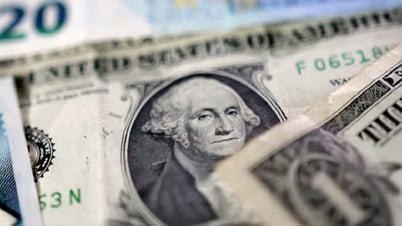










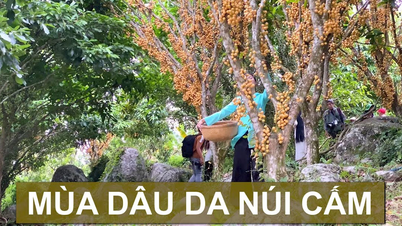


































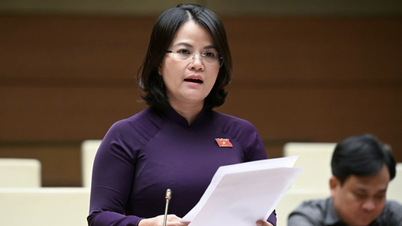
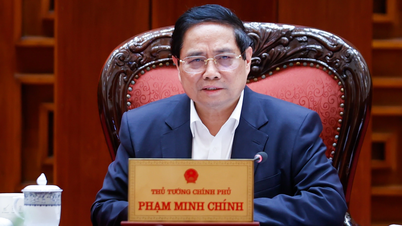












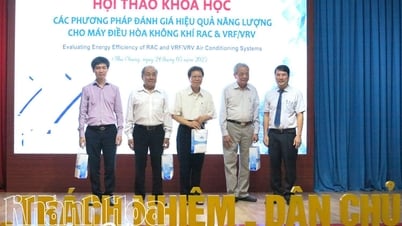

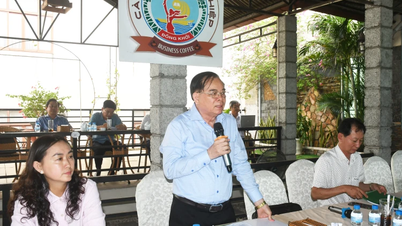

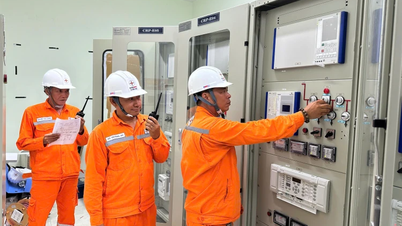


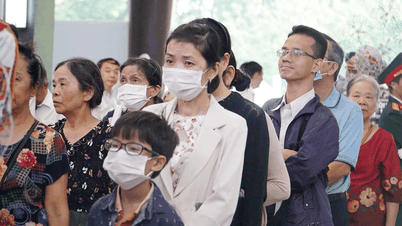












Comment (0)